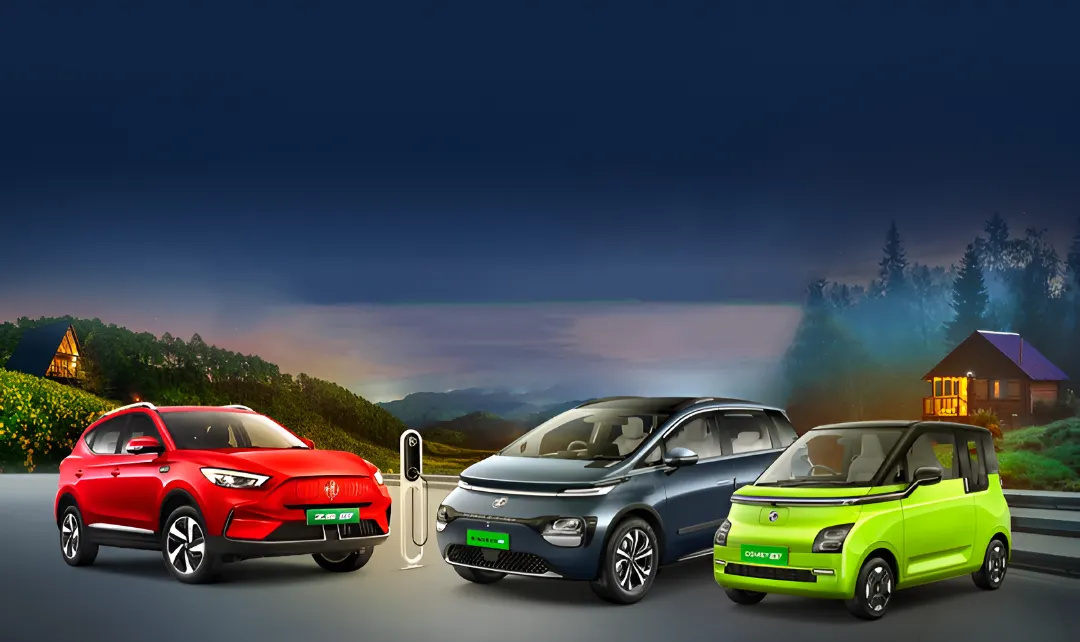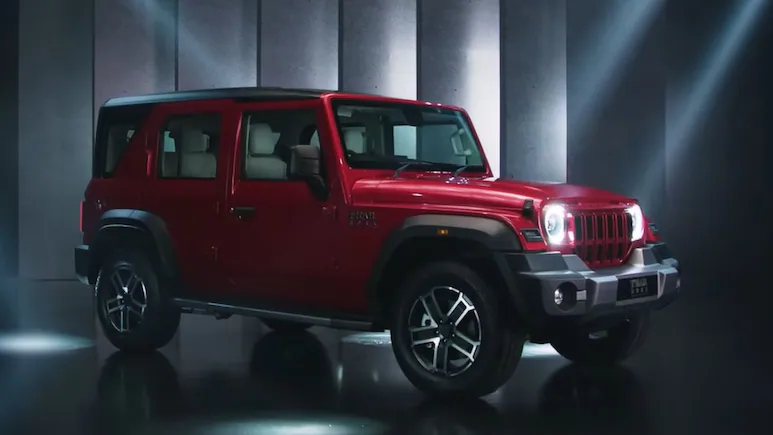Merely offering incentives is not enough to reach India's target of 30% electric vehicle (EV) sales by 2030.The future of EVs heavily relies on technological advancements, particularly in battery technology. Significant investments are necessary to develop the lithium mines discovered in Jammu and Kashmir.
The transport industry is one of the primary contributors to global warming, alongside the energy sector, through the emission of greenhouse gases.. Countries worldwide view electric vehicles as a solution to control GHG emissions and mitigate climate change.
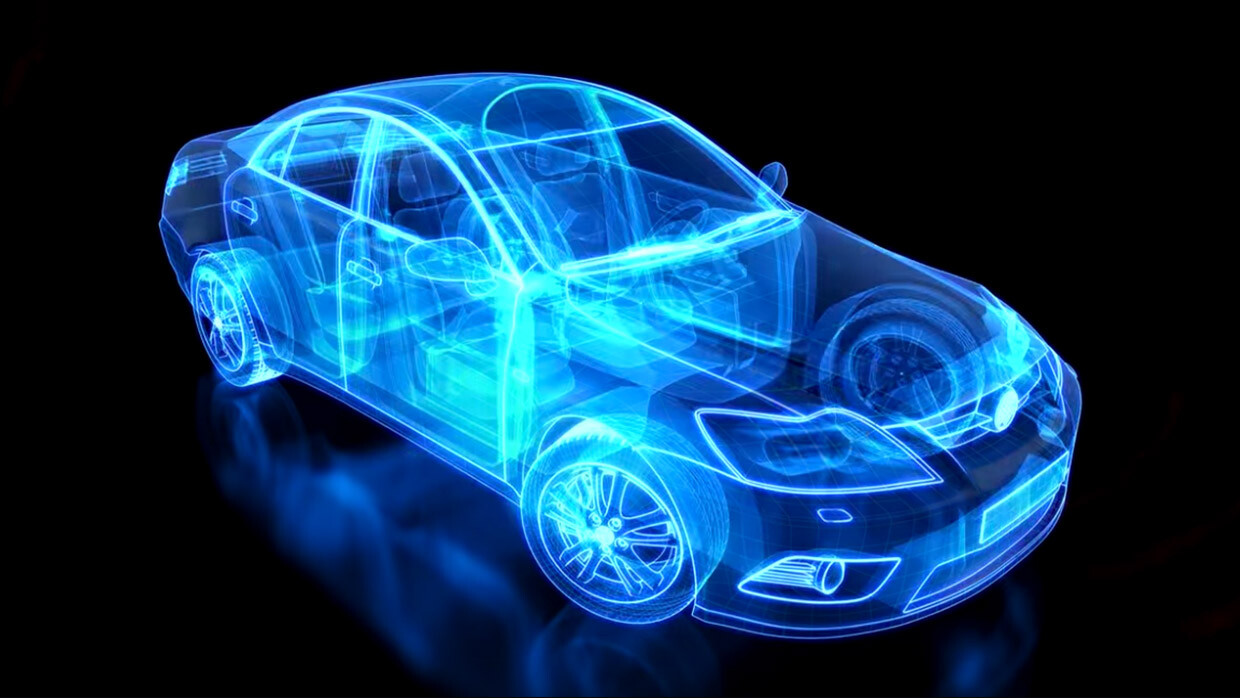
While there is global enthusiasm for EVs, few realize that EVs were popular in the 19th century. Hungarian engineer Ányos Jedlik created the first crude electric vehicle in 1828, a small-scale model powered by a non-rechargeable battery. Scottish inventor Robert Anderson also created an electric carriage with a similar layout during the same period of time.These early EVs were experimental. The commercial versions emerged in the late 19th and early 20th centuries, thanks to Thomas Parker from England, who created practical EVs for personal transportation in the 1880s.
The early 20th century was a golden era for EVs, with one-third of vehicles in America being electric. Companies like Detroit Electric and Baker Electric manufactured these vehicles. Notably, Thomas Edison, the founder of General Electric, was a prominent EV user. However, these vehicles were costly and had limited range, making them accessible only to the wealthy urban population.
Also Read: 10 Best Luxury Electric Cars in India 2024
The initial oil well was dug in Pennsylvania in 1859.. Although initially expensive and slow to scale, the discovery of large petroleum sources, dropping gasoline prices, and the construction of extensive road networks popularized internal combustion engine (ICE) vehicles. Henry Ford's assembly line further made ICE vehicles affordable, leading to the decline of EVs by the 1920s and their disappearance by the 1930s. ICE vehicles dominated until the late 20th century, with the 1970s oil crisis prompting a search for alternative energy sources.
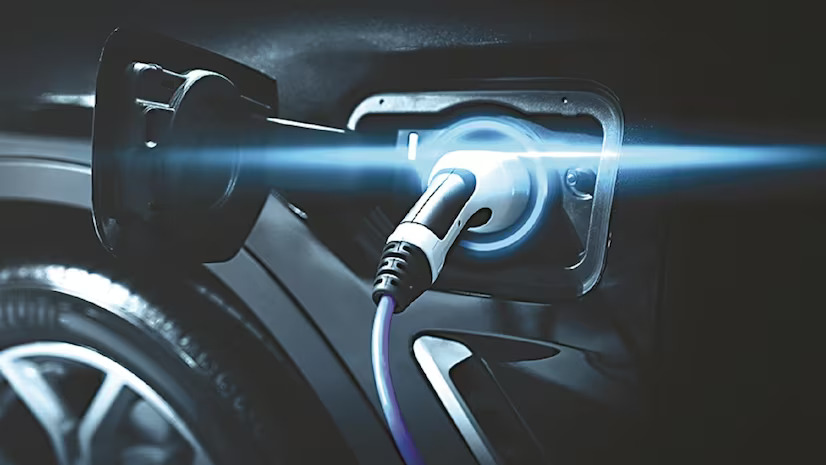
Environmental concerns and the Brundtland Commission's "Our Common Future" report, which introduced the concept of sustainability, fueled resistance to fossil fuels. This was reinforced by the Millennium Development Goals and later the Sustainable Development Goals. In 2021, 195 countries signed the Paris Accord (COP 21) to combat climate change, committing to actions that reduce GHG emissions.
Many nations have since decided to replace ICE vehicles with EVs. In India, Scooters India Limited, a government enterprise in Lucknow, developed, manufactured, and sold electric three-wheelers from 1997 to 2002. Named "Vikram EV," these vehicles were part of a government achievement showcase during Atal Bihari Vajpayee's tenure. Most were sold in Kathmandu under a "Save Himalayas" initiative by a Swedish agency, with some operating in Lucknow and a few in Delhi.
Also Read: Used EV sales fail to take off: Why electric resale market lags
Reva Electric Company in Bangalore subsequently produced electric four-wheelers using a design provided by Amerigon, a company based in the US.. Mahindra & Mahindra acquired a majority stake in Reva in 2010, renaming it Mahindra Reva Electric Vehicles Private Ltd., combining Mahindra's manufacturing and marketing capabilities with Reva’s technology. Tata Motors also explored EV technology since the early 2000s, developing several prototypes and showcasing concept vehicles at auto shows.
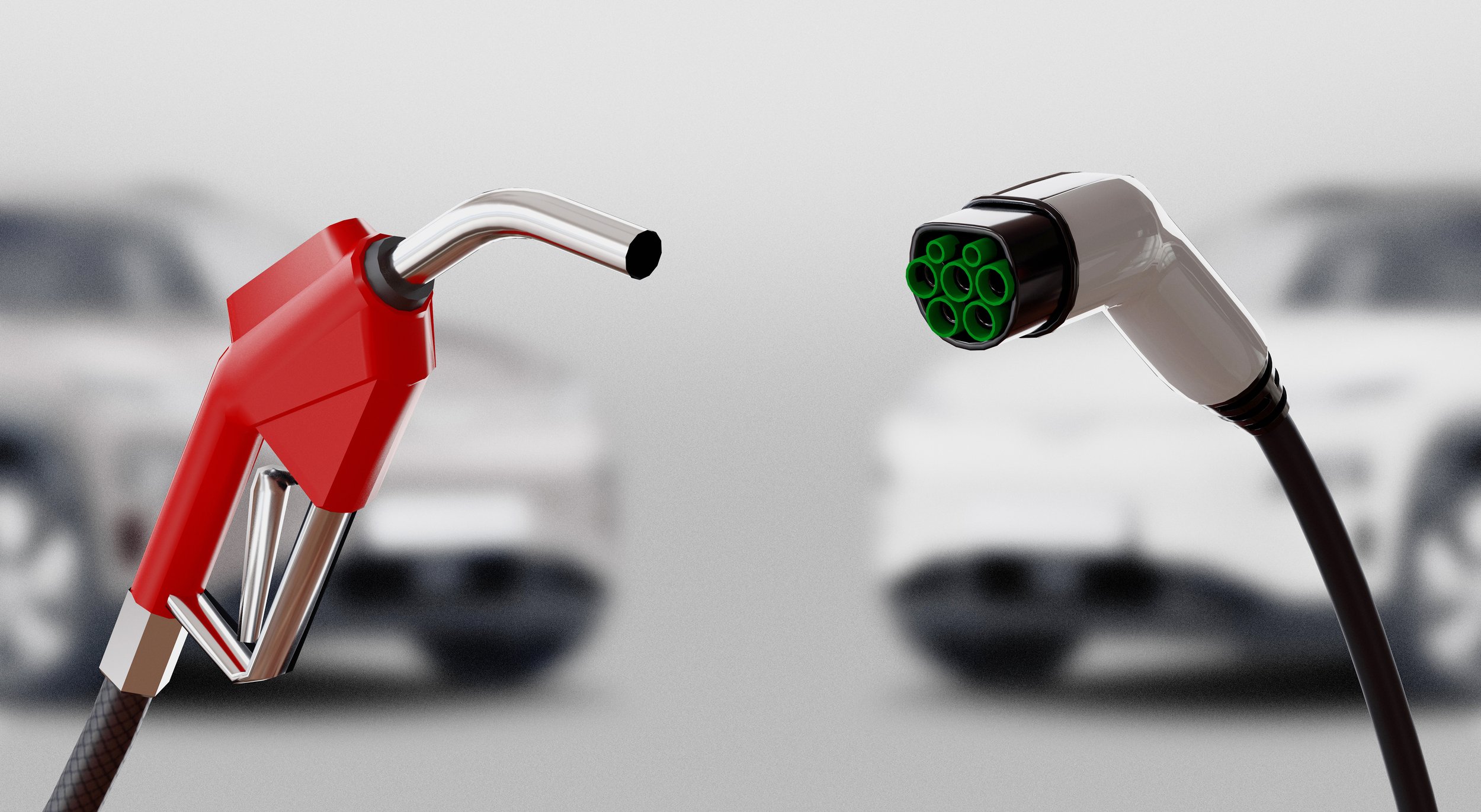
Globally, China leads in EV sales, with 3.5 million sold compared to 655,986 in the USA and 61,887 in India. In India, two- and three-wheelers dominate EV sales, constituting 95% of the market. China's success is attributed to government policies and control over battery raw materials, cell technology, and manufacturing machinery. Tesla Inc. drives the EV market in the USA with its own battery manufacturing.
Governments worldwide, including India, offer various incentives to promote EVs. Despite initiatives like FAME1, FAME2, and FAME3, Indian EV manufacturers face challenges with battery costs and cell technology. Customers struggle with the scarcity of charging stations, and existing ones often have reliability issues.
Also Read: Top 5 Cheapest Electric Cars in India: 2024
In India, achieving the 30% EV sales target by 2030 requires more than incentives. The future of EVs depends on technological innovations, especially in battery technology. Investment is crucial for developing lithium mines in Jammu and Kashmir, processing lithium, advancing cell manufacturing technology, and improving electrolytes. Reducing costs, increasing energy density, and enhancing charging times are essential. Expanding and upgrading charging infrastructure is critical, as evidenced by the failures of Vikram EV and Reva.
Developing ultra-fast charging stations capable of delivering over 500 km of range in minutes can boost EV adoption, especially for long-distance travelers. Wireless charging technology, particularly dynamic wireless charging, offers another solution, providing continuous power to EVs on the move, though it requires road infrastructure upgrades.
FAQs on the Past, Present, and Future of EVs: Advanced Battery Technology is Key to Success
Q: When were the first electric vehicles developed?
A: The first crude electric vehicles were developed in the 19th century. Ányos Jedlik, a Hungarian engineer, made a small-scale electric vehicle in 1828, and Robert Anderson, a Scottish inventor, built an electric carriage around the same time.
Q: Why did electric vehicles decline in popularity in the early 20th century?
A: EVs declined due to the rise of internal combustion engine (ICE) vehicles. The discovery of large petroleum sources, dropping gasoline prices, the construction of extensive road networks, and Henry Ford's affordable mass-produced ICE vehicles made ICE vehicles more popular.
Q: What sparked renewed interest in electric vehicles in the late 20th century?
A: The oil crisis of the 1970s, rising environmental concerns, and the push for sustainability from reports like "Our Common Future" and initiatives like the Sustainable Development Goals sparked renewed interest in EVs.
Q: How has government policy influenced the adoption of electric vehicles globally?
A: Government policies, such as incentives for EV buyers, subsidies for manufacturers, and investments in charging infrastructure, have significantly influenced EV adoption. Countries like China have seen rapid growth in EV sales due to strong government support.
Q: What role did Scooters India Limited play in the development of EVs in India?
A: Scooters India Limited was a pioneer in the Indian EV market, developing and manufacturing electric three-wheelers (Vikram EV) from 1997 to 2002. These EVs were showcased as part of the government's achievements and were used in Kathmandu and Lucknow.
Also Read: Electric vs Hybrid Cars: Which is Right for You








